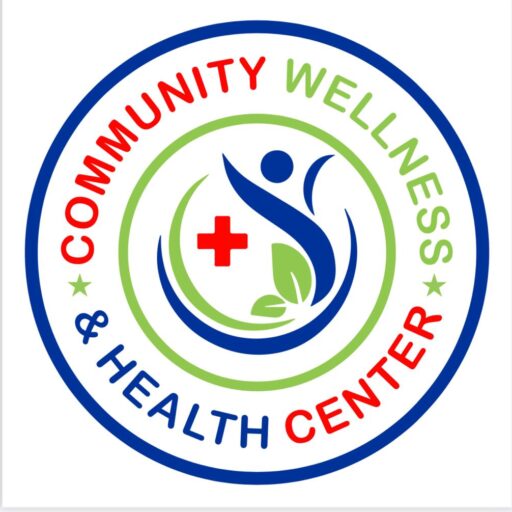A traumatic event leaves an indelible mark on the human psyche, which can have long-term consequences for behavior, relationships, and mental health. These repercussions can be felt for a lifetime. The idea of trauma-informed therapy arose as a compassionate method that acknowledges the all-pervasive nature of traumatic experiences and the numerous ways in which they can impact an individual’s life. This was the impetus behind the development of the concept of trauma-informed therapy. This therapeutic approach places a high priority on safety, empowerment, and holistic healing, and it offers a haven for individuals who are working to recover from the wounds that they have experienced in their past.
Understanding the Roots of Trauma
Traumatic stress is a response that a person has when they are subjected to upsetting and overwhelming experiences that are beyond their capabilities to cope with. It can be provoked by various events, such as abuse, loss, neglect, or violence, and it can manifest a lot of symptoms, such as anxiety, depression, emotional dysregulation, and dissociation. Abuse, loss, neglect, and violence are just some of the examples of these types of events. Some of these experiences include being neglected, abused, losing a loved one, or being violently attacked. These signs can have a notable damaging impact on a person’s ability to function normally on a day-to-day basis, as well as their health in general.
Principles of Trauma-Informed Therapy
Safety as the Cornerstone:
The establishment of a sense of safety is an essential component of trauma-informed therapy. Individuals are given the opportunity to reveal their vulnerabilities and open up in a setting that is safe, non-judgmental, and supportive; this strategy aims to cultivate trust among the participants.
Empowerment through Healing:
The path to healing begins and ends with the empowerment of the patient. This principle emphasizes the development of resiliency, the promotion of self-efficacy, and the encouragement of a sense of autonomy in individuals so that they can regain control of their lives.
Collaboration and Therapeutic Alliance:
The process of recovering from trauma is inherently one that involves collaboration. Building a therapeutic alliance requires active participation from both clients and therapists. Together, clients and therapists co-construct personalized strategies that respect and honor the distinctive life experiences of each client.
Cultural Competency and Inclusivity:
In trauma-informed therapy, cultural competency is an essential component. In order to ensure that therapy is inclusive, equitable, and sensitive to both cultural diversity and individual differences, therapists take an approach that is characterized by cultural humility and respect for each client they work with.
Diverse Therapeutic Approaches
Cognitive-Behavioral Therapy (CBT):
In trauma-informed therapy, cognitive behavioral therapy (CBT) is a standard treatment modality. It seeks to reshape maladaptive thought patterns and behaviors by challenging and reframing cognitive distortions, thereby promoting healthier coping mechanisms in an effort to reshape maladaptive thought patterns and behaviors.
Eye Movement Desensitization and Reprocessing (EMDR):
Reprocessing traumatic memories can be assisted through the use of a specialized method known as EMDR. It helps individuals integrate these memories and make sense of them, which reduces the emotional intensity and distress that they are experiencing.
Expressive Arts Therapy:
Art, music, dance, and other forms of creative expression are just some of the ways that clients can express themselves through the expressive arts therapy modality. Individuals are given the opportunity to explore and articulate their traumatic experiences within the context of a safe and supportive environment.
Mindfulness and Body-Based Practices:
Incorporating practices such as mindfulness and yoga, along with other body-based activities, helps to promote grounding, presence, and body awareness. These practices help regulate trauma-related symptoms and enhance overall well-being, which are two important goals in the healing process—the Steps Toward Throughout therapy, individuals are encouraged to engage in self-reflection that is compassionate towards themselves. This helps people cultivate self-understanding, self-forgiveness, and acceptance, which in turn fosters inner peace and self-compassion.
Building Resilience:
Resilience is a crucial outcome of trauma-informed therapy. By fostering adaptability, resourcefulness, and a growth mindset, individuals are better equipped to face life’s adversities and challenges.
Restoring Relationships:
Repairing and reestablishing relationships is a primary focus of trauma-informed therapy, which places a significant amount of emphasis on these activities. It assists individuals in the development of healthy communication, the establishment of boundaries, and the cultivation of trust and intimacy with other people.
Community Integration and Support:
Integration back into one’s community is an essential component of recovery from traumatic experiences. Individuals receive assistance from therapists in locating and integrating into communities that are supportive of them, which helps foster a sense of belonging and mutual support.
Conclusion
Trauma-informed therapy stands as a pillar of hope and compassion for individuals grappling with the lingering shadows of trauma. By intertwining principles of safety, empowerment, collaboration, and cultural competency with a variety of therapeutic approaches, it offers a holistic and individualized healing journey. This approach guides individuals towards self-reflection, resilience, relational healing, and community integration, paving the way for renewal and liberation from past wounds. Through trauma-informed therapy, individuals find a compassionate space to heal, grow, and reclaim their lives.




